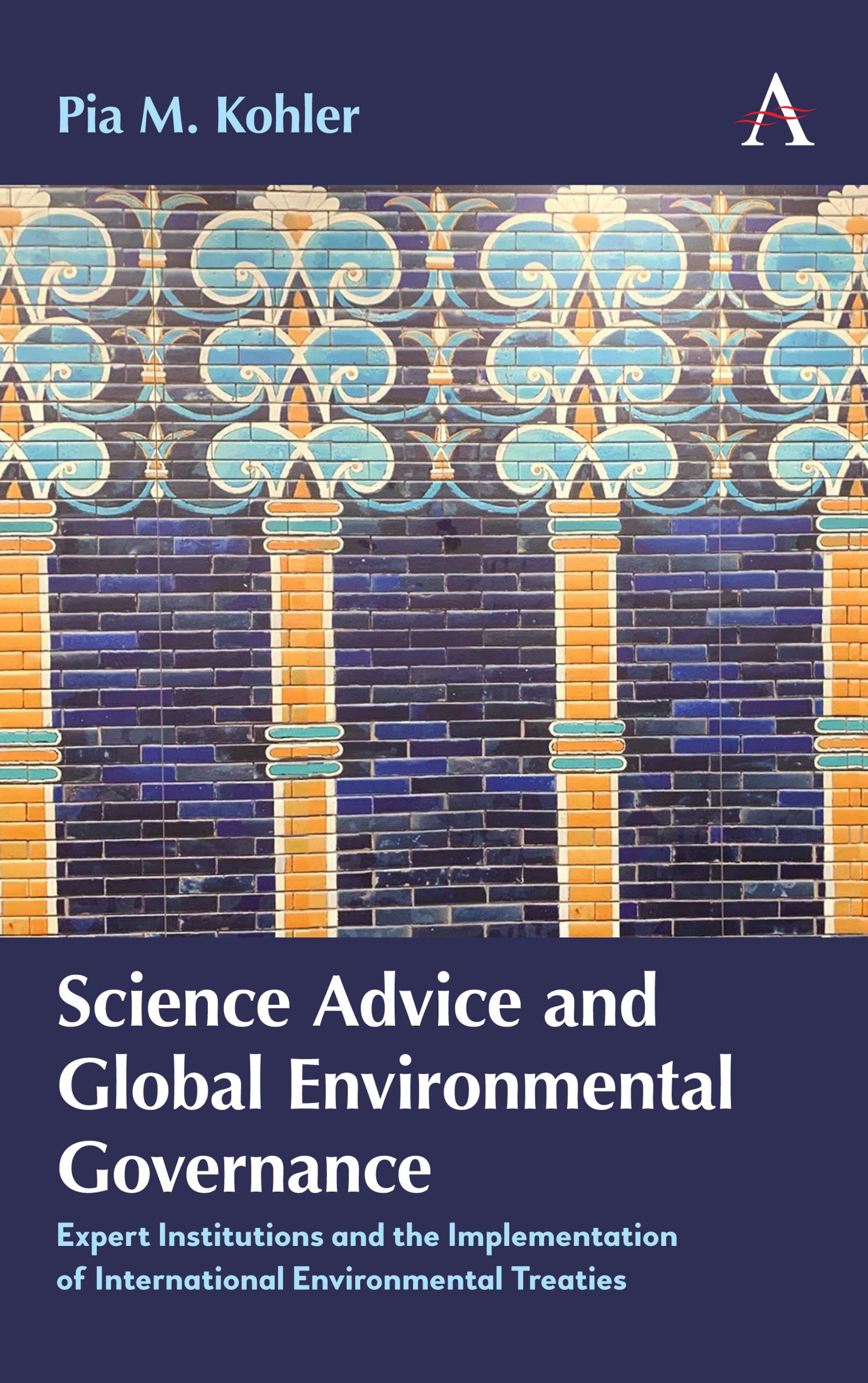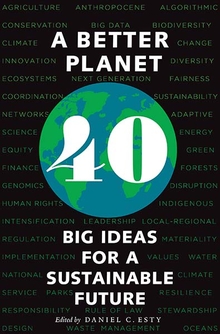Science Advice and Global Environmental Governance: Expert Institutions and the Implementation of International Environmental Treaties
Reviewed by Shekhar Chandra, Massachusetts Institute of Technology
Do science advisory committees facilitate the functioning of Multilateral Environmental Agreements? Are their roles purely technocratic and apolitical?
Science Advice and Global Environmental Governance: Expert Institutions and the Implementation of International Environmental Treaties, by Pia M. Kohler, Anthem Press, 2019, 226 pp.
Multilateral Environmental Agreements (MEAs) are key instruments of international global environmental governance. To facilitate the functioning of the MEAs, there is a provision of science advisory committees. In recent decades, such instruments have grown significantly and the role of these committees has become institutional. The committees, in their role as a repository of knowledge, compile relevant evidence from peer-reviewed studies. The role of these committees, while recognized as crucial, is often considered purely technocratic and entirely apolitical.
Pia M. Kohler’s book makes a radical departure from the mechanical understanding of the committees to frame them as an active source of knowledge coproduction connecting science and policy with significant power of deciding on what constitutes evidence and how to translate the evidence into governance. Due to the reframing of the role of science advisory committees, Kohler scrutinizes who these experts are and how they organize their work to answer the global implementation challenges. While the theme of the book may fit into the larger question of how science diplomacy influences policy, dealt in great detail in the works of MIT’s Larry Susskind and Harvard’s Sheila Jasanoff, what separates Kohler’s contribution is her effort in untangling the institutional mechanism that links science and policy at the global scale.
Kohler’s methodology is qualitative that includes participant observations, elite interviews and archival analysis. She analyzes the proceedings from specific angles of the three science committees established under the Montreal Protocol, the Stockholm Convention on Persistent Organic Pollutants and the UN Convention to Combat Desertification. For example, in the case of the Montreal Protocol, she examines how the question of the relative strength of experts from developing and developed countries became controversial when some exemptions were granted to the developed nations under the protocol. While the book focuses entirely on environmental issues, its central message is broad in its applications. It provides original insights into the question of increasing rule-based structuralism that is becoming common to international governance institutions. The book is a timely contribution and provides clear recommendations to design science committees for more effective global environmental governance.


